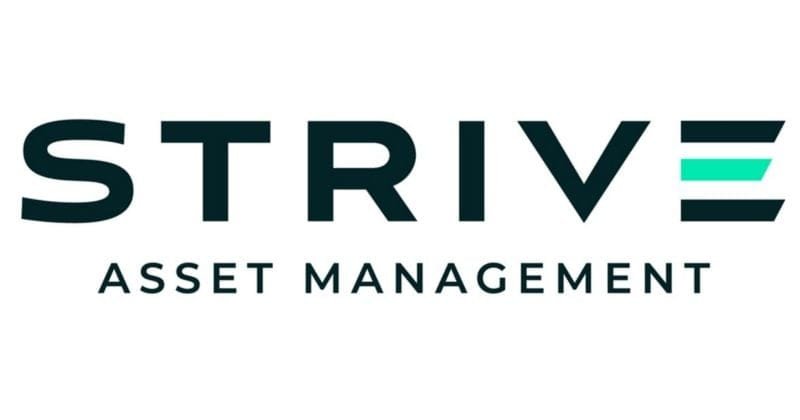Key takeaways
- Strive’s ETF provides exposure to Bitcoin through “Bitcoin bonds”, primarily convertible securities and MicroStrategy derivatives.
- The ETF seeks to participate in the growing institutionalization of Bitcoin.
Share this article
Strive Asset Management is launching a new ETF that will provide exposure to Bitcoin through convertible securities, primarily focusing on MicroStrategy’s holdings.
The Strive Bitcoin Bond ETF will invest at least 80% of its assets in “Bitcoin bonds” and related derivative instruments, including swaps and options.
The actively managed fund will hold both direct positions in Bitcoin-related convertible securities and derivatives, with allocation decisions based on cost and return potential.
The fund will maintain cash positions in short-term U.S. Treasury securities and may invest in other Bitcoin-focused investment vehicles.
As a non-diversified fund, it can concentrate holdings in single issuers like MicroStrategy and allocate more than 25% of its assets to companies in the software and technology sector.
Operating under a “manager of managers” structure, the ETF will be advised by Empowered Funds, LLC, which may appoint and replace sub-advisers without shareholder approval.
Shares of the fund will be traded on the New York Stock Exchange and held through the Depository Trust Company.
The ETF aims to qualify as a regulated investment company and plans to distribute net investment income quarterly and capital gains at least annually.
The fund may lend securities up to 33 1/3% of its total assets and invest up to 15% in illiquid securities.
The performance of the fund will be closely linked to the results of MicroStrategy’s Bitcoin investments.
MicroStrategy has adopted a Bitcoin treasury strategy since 2020, and many other companies have recently followed suit.
The ETF aims to capitalize on MicroStrategy’s investments by using its derivatives positions as new financial instruments, highlighting investors’ growing appetite for using MicroStrategy as an indicator of Bitcoin exposure.
Share this article

